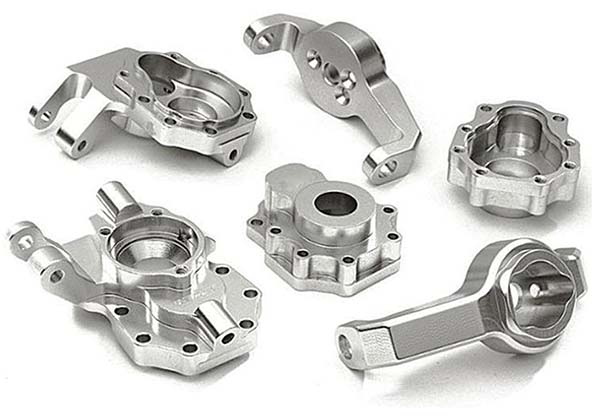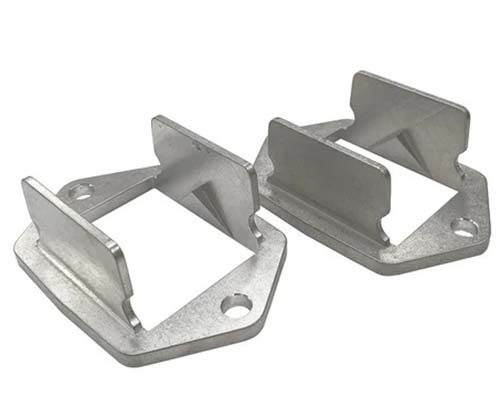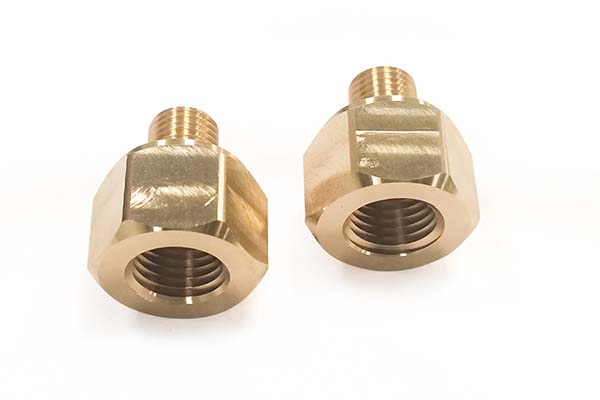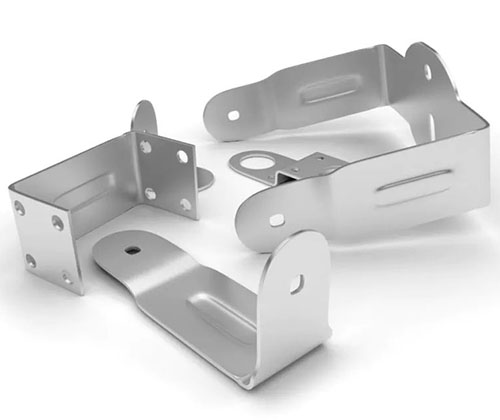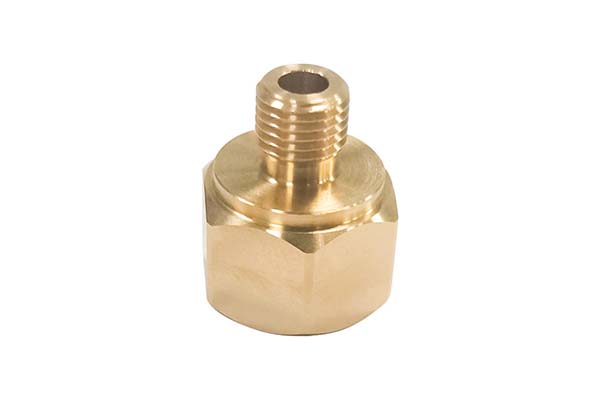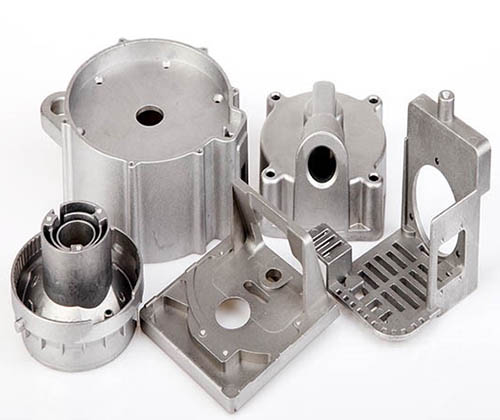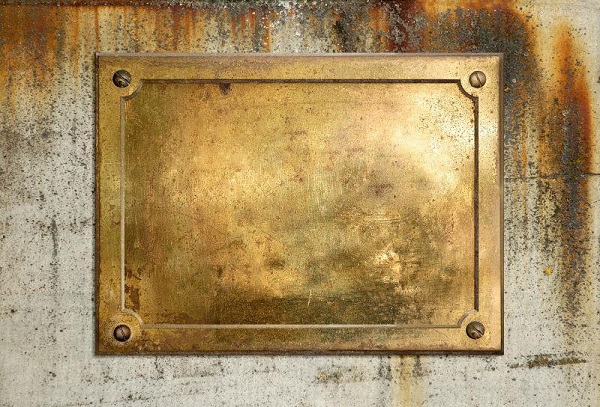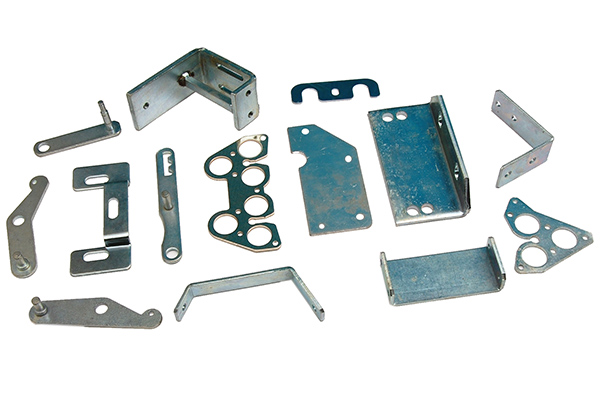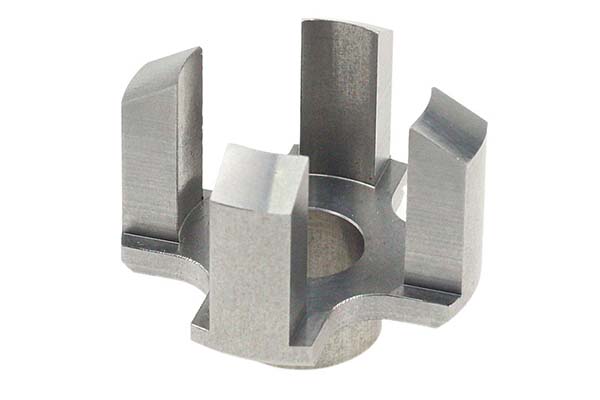Manufacturers working with ultra-soft metals often struggle with a unique set of challenges: materials that deform too easily, stick to dies, or wrinkle during forming. When precision and surface quality are critical—like in electrical components or food packaging—these issues can derail production. This is where Metal Stamping 1050 / 1100 (Pure Al) comes into play. These high-purity aluminum alloys offer exceptional formability but demand specialized techniques to avoid common pitfalls. In this guide, we’ll address these pain points, exploring the properties, processes, and solutions that make stamping 1050 and 1100 aluminum a reliable and efficient choice.
Material Properties of 1050 / 1100 Pure Aluminum
1050 and 1100 aluminum are classified as "pure" aluminum, with minimal alloying elements:
- 1050 pure aluminum properties: 99.5% aluminum, offering excellent ductility and high electrical conductivity. It’s slightly softer than 1100, making it ideal for intricate forming.
- 1100 aluminum alloy characteristics: 99% aluminum with trace amounts of copper, which adds a touch more strength while retaining exceptional formability.
Both grades share key traits that make them stand out:
- High conductivity: Among the best of any aluminum alloy, making them perfect for electrical components and heat sinks.
- Soft aluminum for stamping: With a Brinell hardness of 23–28 HB, they’re easy to shape but require careful handling to avoid damage.
- Corrosion-resistant pure aluminum: A thick, self-healing oxide layer protects against rust, even in moist environments—critical for food packaging and outdoor applications.
- Formability of 1050/1100 aluminum: Their ultra-high ductility allows for deep draws, tight bends, and complex shapes that would crack harder alloys.
These properties make 1050 and 1100 aluminum the top choice for applications where formability and purity are non-negotiable.
Metal Stamping Process for Pure Aluminum
Stamping 1050 and 1100 aluminum requires techniques tailored to their softness:
- Aluminum sheet metal stamping: Start with clean, oil-free sheets to prevent contamination. Use lower press forces than with alloyed aluminum—typically 10–15% less than for 3003—to avoid over-deformation.
- Deep drawing 1050/1100 aluminum: These alloys excel here, with draw ratios up to 4:1 (higher than most other aluminum grades). Use slow press speeds (5–10 strokes per minute) to allow the material to flow evenly and reduce wrinkling.
- Blanking and piercing aluminum sheets: Sharp, polished dies are essential. Blanking clearance should be 3–5% of material thickness—tighter than for harder alloys—to ensure clean edges without burrs.
- Progressive die stamping aluminum: Ideal for high-volume parts like capacitor casings. Each die station should include release agents to prevent sticking, and tooling should be checked regularly for micro-adhesions.
Applications of Stamped 1050/1100 Aluminum
The unique properties of 1050 and 1100 aluminum make them indispensable in these industries:
- Electrical enclosures: 1100 aluminum’s high conductivity and formability make it perfect for housings for switches and wiring.
- Food packaging: 1050 aluminum’s purity (99.5%) meets FDA standards, making it ideal for foil containers and lids that contact food.
- Heat sinks: Their thermal conductivity (220–230 W/m·K) efficiently dissipates heat in electronics and LED lighting.
- Decorative parts: 1100 aluminum’s smooth surface takes polishing well, used in nameplates and trim.
- Chemical equipment: 1050’s corrosion resistance and purity make it suitable for tanks and pipes handling mild chemicals.
In each application, the ability to form complex shapes without compromising purity or conductivity is key.
Challenges & Solutions in Stamping Pure Aluminum
Working with 1050 and 1100 aluminum presents unique hurdles, but solutions exist:
- Preventing aluminum sticking in dies: Use specialized lubricants (silicone-based or dry film) to create a barrier between the aluminum and tooling. Polish die surfaces to Ra ≤ 0.2 μm to minimize friction.
- Reducing wrinkling in 1050/1100 stamping: Apply blank holders with variable pressure—higher pressure around the edges to control material flow into the die. For deep draws, use draw beads to distribute tension evenly.
- Tooling wear with soft aluminum: Soft aluminum can cause die pickup (material transferring to tools). Use carbide or coated tool steel (e.g., TiN) to reduce wear, and clean dies every 500–1000 strokes.
- Springback control in pure Al stamping: 1050 and 1100 exhibit minimal springback (less than 1 degree), simplifying bending. However, over-bending by 0.5–1 degree ensures tight tolerances in critical parts.
- Optimal punch and die clearance for Al: For 1050, use 3% clearance; for 1100, 4% works best. This balance prevents tearing and reduces tool stress.
Industry Standards & Quality Control
Maintaining quality with 1050 and 1100 aluminum requires adherence to strict standards:
- ASTM B491 (1100 aluminum): Specifies chemical composition and mechanical properties, ensuring consistency across batches.
- ISO standards for aluminum stamping: ISO 2093 covers dimensional tolerances, while ISO 16100 outlines stamping process controls.
- Surface finish requirements for pure Al: Parts should have a smooth, burr-free surface (Ra ≤ 0.8 μm for decorative applications). Visual inspections catch scratches or dents that compromise appearance or function.
- Dimensional tolerances in stamped parts: Critical features (like hole diameters) should meet ±0.01 mm, verified using CMMs.
- Non-destructive testing for aluminum: Ultrasonic testing detects internal voids in thick parts, while eddy current testing checks for surface defects.
Yigu Technology’s Perspective
As a custom manufacturing supplier in China, Yigu Technology specializes in Metal Stamping 1050 / 1100 (Pure Al) for clients requiring precision and purity. We use polished carbide tooling and food-grade lubricants to prevent sticking and maintain surface quality. Our quality control includes conductivity testing (to verify purity) and strict dimensional checks, ensuring parts meet ASTM standards—whether for electrical components or food packaging.
FAQs
- What’s the main difference between 1050 and 1100 aluminum for stamping?
1050 (99.5% Al) is slightly softer and more formable, ideal for intricate shapes. 1100 (99% Al with copper) offers marginally higher strength, better for parts needing a bit more durability.
- Can 1050/1100 aluminum be welded after stamping?
Yes, but use low-heat techniques (like TIG welding) to avoid warping. Their high purity makes them compatible with most aluminum welding rods.
- How do you prevent surface scratches when stamping 1050/1100 aluminum?
Use plastic or felt interleaving between sheets, polished dies, and minimal contact during handling. Post-stamping, clean parts with soft cloths to avoid abrasions.
